Cooper Security Scantronic 735r User manual
Other Cooper Security Transmitter manuals
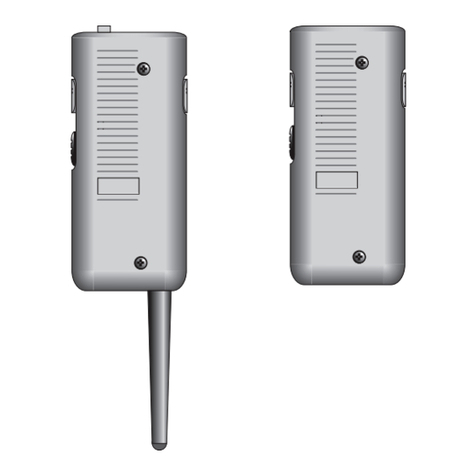
Cooper Security
Cooper Security 726r User manual
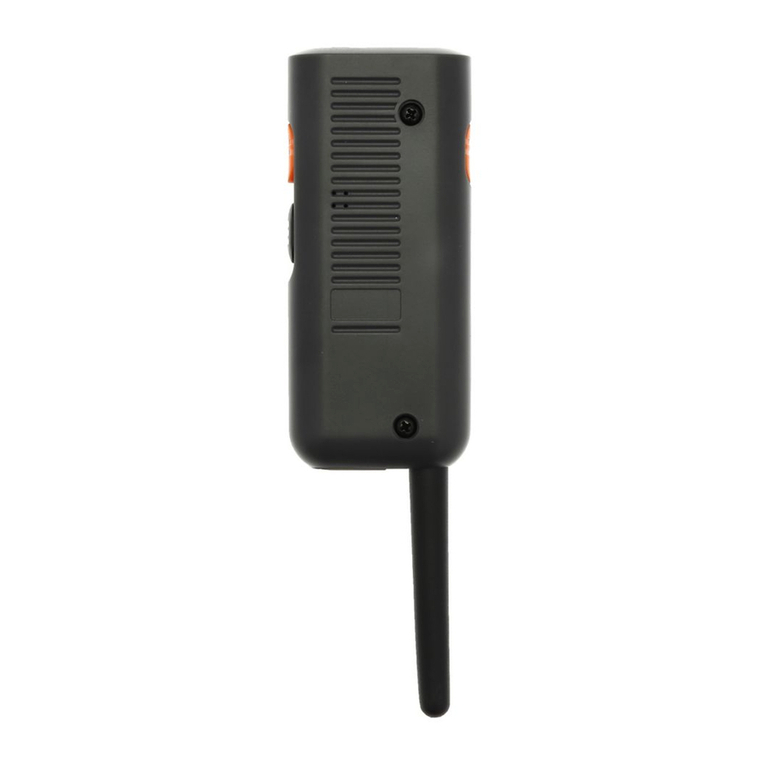
Cooper Security
Cooper Security 706r User manual
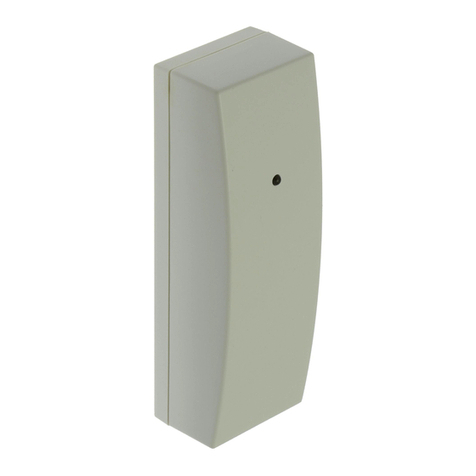
Cooper Security
Cooper Security Scantronic 734r Series User manual
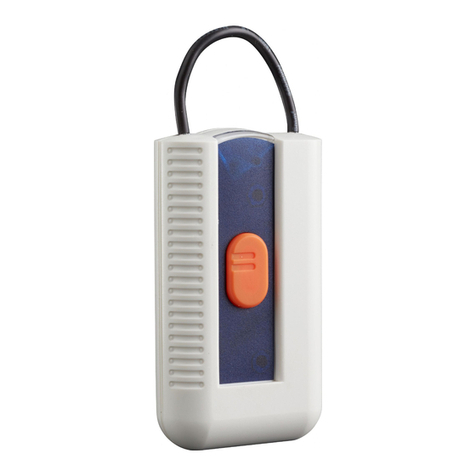
Cooper Security
Cooper Security Scantronic 701REUR-50 User manual
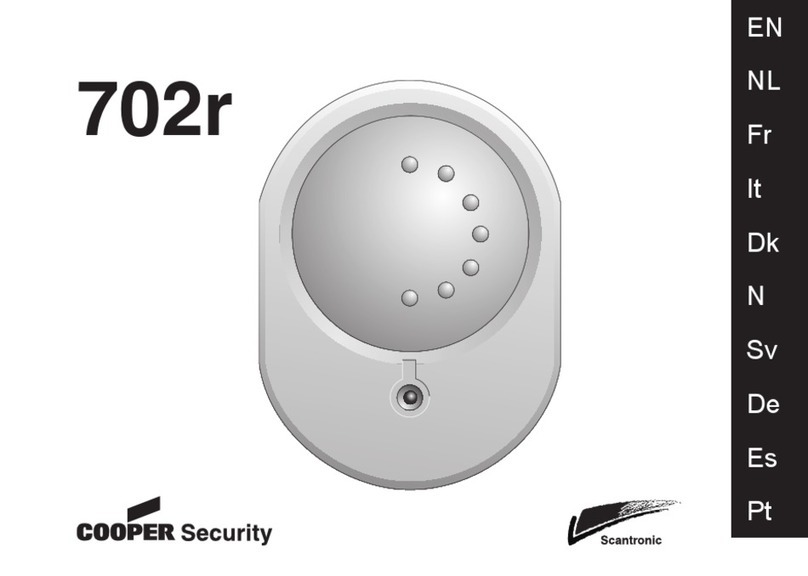
Cooper Security
Cooper Security 702r User manual

Cooper Security
Cooper Security 4601-50 User manual
Popular Transmitter manuals by other brands

Geo
Geo Web Pack quick start guide

Inovonics
Inovonics EchoStream EN1210W installation instructions

IKONNIK
IKONNIK KA-6 quick start guide

Rohde & Schwarz
Rohde & Schwarz SR8000 Series System manual

Audio Technica
Audio Technica UniPak ATW-T93 Installation and operation

NIVELCO
NIVELCO EasyTREK SCA-300 Series Programming manual





















